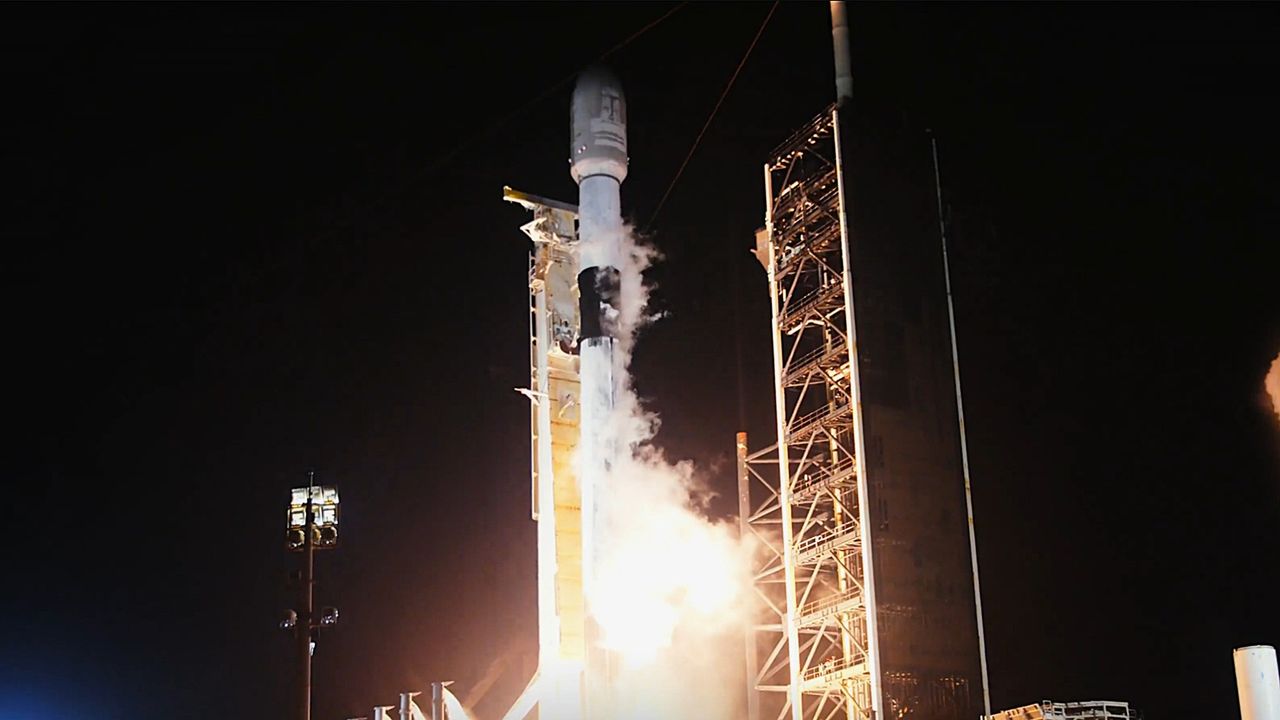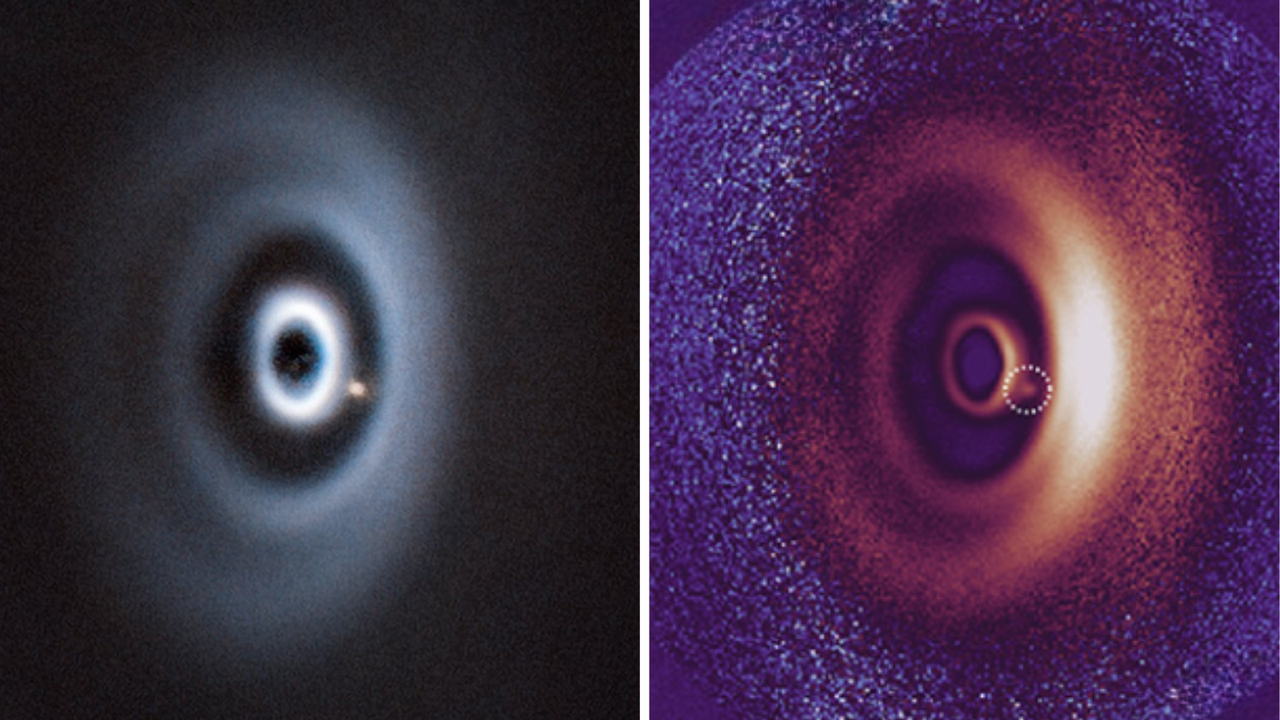Now Reading: SpaceX Falcon 9 Sets Record with 30th Starlink Satellite Launch
-
01
SpaceX Falcon 9 Sets Record with 30th Starlink Satellite Launch
SpaceX Falcon 9 Sets Record with 30th Starlink Satellite Launch

Swift Summary
- SpaceX’s Falcon 9 rocket achieved a record-breaking milestone by completing its 30th reuse and landing during a launch from NASA’s Kennedy Space Center on August 28,at 4:12 a.m. EDT.
- The launch carried 28 Starlink internet satellites into low Earth orbit (LEO), further expanding the network, which already includes over 8,200 operational spacecraft.
- The Falcon 9’s first stage booster (designation: Booster 1067) landed successfully on the drone ship “A Shortfall of Gravitas” about eight minutes after liftoff.
- This reusable technology aligns with SpaceX’s goal to reduce costs and increase efficiency in spaceflight; future plans include the Starship vehicle capable of rapid reuse within hours as envisioned by Elon Musk.
- Booster 1067’s previous mission in July marked another milestone as it completed SpaceX’s historic 500th Falcon 9 flight.
Indian Opinion Analysis
spacex’s record-breaking achievement reflects meaningful advancements in reusable rocket technology, an area where India could draw valuable lessons for its own space program. While ISRO has made commendable strides in cost-effective launches, integrating reusability akin to Falcon-series rockets could drastically enhance India’s competitiveness in commercial satellite deployment. With over 8,200 operational Starlink satellites, this growing mega-network underscores intense global competition for satellite-based internet services-an industry where India’s upcoming projects like navigation with Indian Constellation (NavIC) could find transformative applications or partnerships.
Read more: Space.com


























